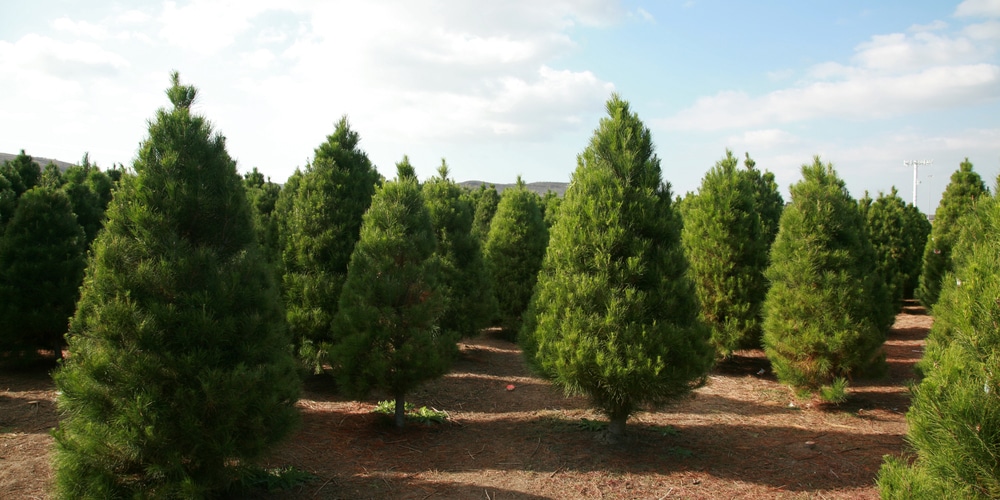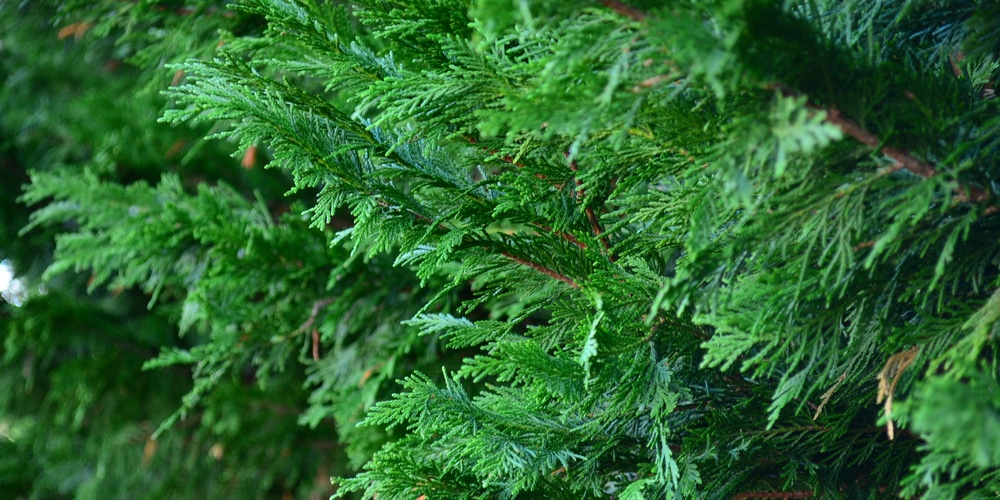Do you want to learn about leyland cypress propagation? This step-by-step guide will show you how! Propagating Leyland cypress trees is a great way to create new plants, and it’s also a fun project to do with your family or friends.
In this article, we will discuss the different methods of propagating Leyland cypress trees and provide some tips on getting the best results. Let’s get started!
Leyland cypress propagation
Leyland cypress trees are commonly used as hedges or windbreaks due to their fast growth rate and tall, upright stature. These evergreen trees are also relatively low-maintenance, making them a popular choice for busy homeowners.
One downside of Leyland cypress trees is that they do not produce viable seeds. As a result, propagation must be done through cuttings or other methods.
However, this is not necessarily bad, as it ensures that the tree will maintain its uniform shape and size. If you are looking for a fast-growing, low-maintenance tree for your home, the Leyland cypress may be a good option. Just be aware that you cannot propagate it from seed.
Propagation Via Cuttings
It is possible to propagate Leyland cypress using cuttings. This relatively simple process can be done at home with a few supplies.
Selecting the material
The first step is to select the material for your cuttings. It is best to use softwood or semi-ripe cuttings about six to eight inches long. You can take these from the tips of new growth or slightly older branches. Avoid using too old wood, as it will be more difficult to root.
The optimal months to take the cuttings are January, February, and March. Although you may be successful at other times, the percentage of cuts that will grow will likely be lower.
Prepare the containers
Next, you will need to prepare the containers for your cuttings. You can use plastic pots or trays that have drainage holes. Fill the pots with a well-draining potting mix, such as a 50/50 mixture of peat moss and perlite.
Water the potting mix until it is evenly moist but not soggy. Allow the excess water to drain before proceeding to the next step.
Dip the cuttings
Once the potting mix is moistened, dip the bottoms of your cuttings in rooting hormone powder. This will help encourage root growth.
Place the cuttings in the potting mix
After dipping the cuttings in rooting hormone, plant them in the moist potting mix. Insert them deep enough so that at least two nodes are buried. The nodes are the small bumps on the stem where leaves were attached.
Cover the container with plastic
Once the cuttings are planted, cover the container with a clear plastic bag. This will create a mini-greenhouse and help to maintain humidity levels.
Ensure the cuttings do not touch the plastic, as this can cause them to rot.
Place the container in indirect sunlight
After covering the container with plastic, place it in an area that receives indirect sunlight. Too much direct sunlight can heat the container and damage the cuttings.
Monitor the humidity levels
It is essential to check the cuttings regularly and monitor the humidity levels inside the plastic bag. If the potting mix begins to dry, mist it with water to moisten.
You can also open the bag periodically to allow the excess moisture to escape.
Remove the plastic once roots have formed
After several weeks, you should see new growth and root development. Begin weekly applications of a diluted liquid 20-20-20 fertilizer solution once roots can be seen. It will take about three months to fully root cuttings after they have been planted in soil.
When cuttings are rooted, they must be transplanted into larger containers such as 15 cm (six-inch) or 5 liters (one gallon) pots. Cuttings planted in 5-liter pots generally grow faster.
Maintain potted transplants in a greenhouse for about six to nine months until they are planted in the field.
Planting The Cuttings In The Field
Once the transplants have been hardened off, they can be planted in their permanent location. Leyland cypress is best suited for full sun and well-drained soils. Space the trees about five to six meters apart to allow growth.
Be sure to plant them at the same depth they were growing in the pots. Water the trees well after planting and apply a layer of mulch around the base to help retain moisture. It is vital to water Leyland cypress regularly during their first growing season to establish a deep root system.
Once they are established, they are drought tolerant. Leyland cypress can be planted when the dangers of frost are gone.
Leyland Cypress Propagation: Conclusion
Leyland cypress is a fast-growing tree that can be easily propagated from cuttings. By following the steps outlined in this article, you can successfully grow Leyland cypress trees from cuttings. With patience and care, you will be rewarded with a beautiful hedge or screen of trees.
Related Article: Leyland Cypress Christmas Tree

